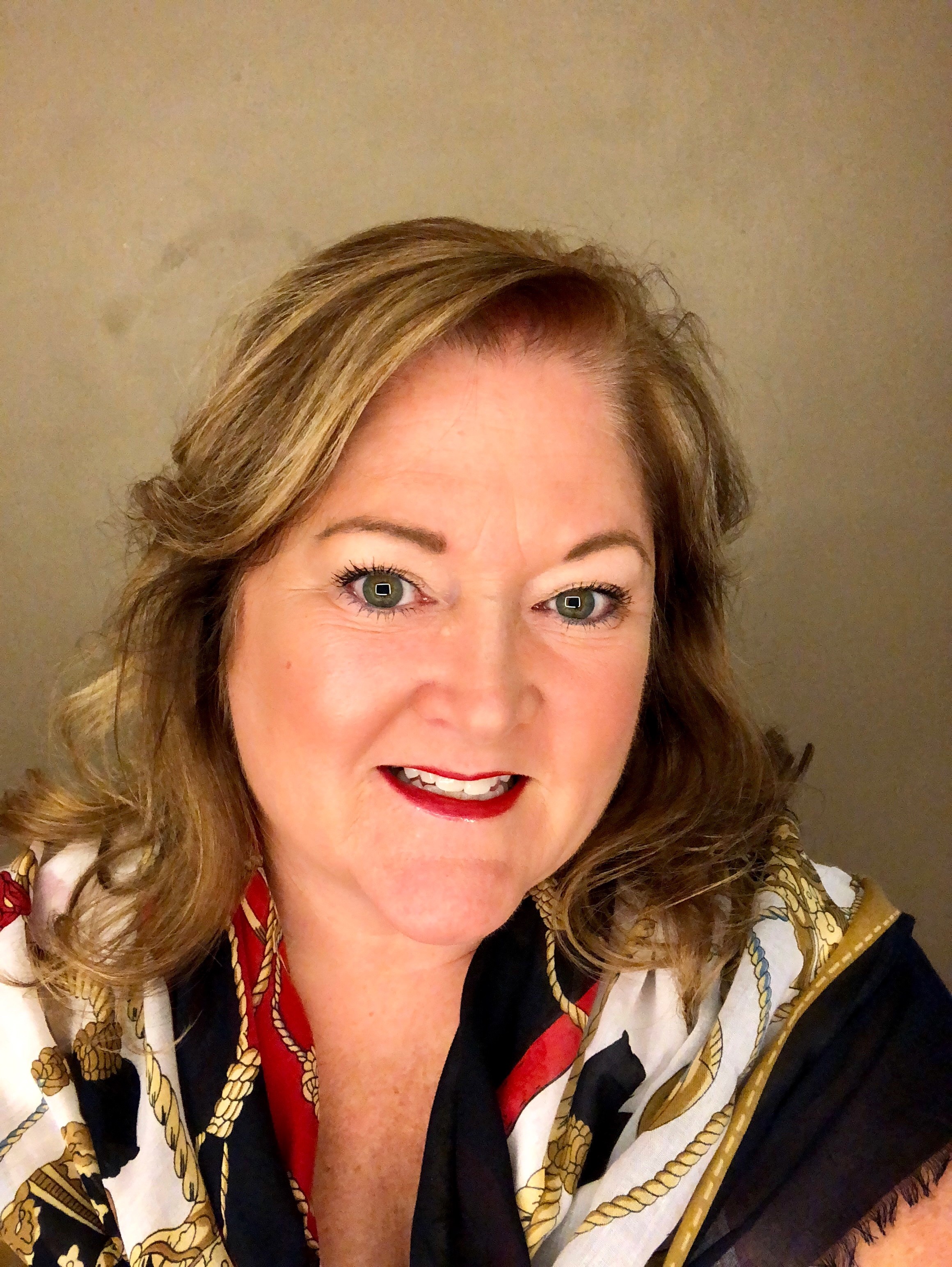
A Complex Challenge
For refugees fleeing persecution and instability, being resettled in the United States is a critical step on the road to a new life. But in many ways, it’s only the beginning of the story, not the end. A pivotal decision in this journey is figuring what location is best for them. Each community possesses a unique set of resources and characteristics that may serve one refugee better than another. As IPL’s research shows, where a refugee is resettled can determine whether they experience a successful start to this new chapter or encounter a string of obstacles to finding a job and integrating into their new community.
Finding the best possible fit for new arrivals is an important and complex task. At Global Refuge (formerly Lutheran Immigration and Refugee Service), a resettlement agency with a network of affiliates in over 50 U.S. cities, staff must take a range of variables into consideration when deciding where to place a newly resettled refugee. They take factors like a refugee’s language, housing and medical needs, and existing family members living in the U.S., and match them to the available infrastructure, services, and opportunities available at each affiliate site—all while attempting to balance the numbers so no single community receives more than they can support. “We don’t just look at a site’s capacity,” explains Global Refuge Assistant Director for Pre-Arrival Helen Pursel, “We look at what makes this case unique and which affiliate would serve this refugee best.” Sometimes, this means identifying which site has specialized resources such as counseling for survivors of various forms of trauma a refugee may have experienced prior to coming to the U.S. For decades, this process has involved a group of staff meeting weekly to review new cases, consulting over multiple spreadsheets to find suitable matches for the often highly complex needs of each case, and spending many hours manually matching refugees to different locations.
“It was a lot of work,” recalls Mia Thiam, a Program Officer for Pre-Arrival at Global Refuge. “We would get a notification that an affiliate has updated something—they’ve added two languages, or they’ve removed something. We actually had one staff member whose job it was to print copies for every member of the team. And we would switch out the old ones from our binders, put the new ones in, and then someone would have to remember to update the charts.”
GeoMatch: Developing the Tool
When researchers from the Immigration Policy Lab (IPL) learned about these challenges, they saw an opportunity for innovation. By harnessing data science and machine-learning, they could streamline the placement process and generate immediate, data-driven recommendations for agencies like Global Refuge. This would save them significant time and effort—allowing them to direct their attention towards the dozens of other responsibilities resettlement agencies have for helping refugees—while improving the likelihood of refugees being matched to the most suitable location.
In initial conversations with IPL, one of the key challenges resettlement agencies expressed was how to optimize placements to improve a refugee’s job prospects. Researchers from IPL forged a partnership with Global Refuge to co-design a tool that looks at the characteristics of refugees who are soon to arrive, pulls up-to-date site-specific information, and produces an immediate recommendation for where to send each refugee. The tool uses an algorithm that draws on data from tens of thousands of historical cases of resettled refugees. Looking at individual characteristics like education, country of origin, and language—along with the outcomes refugees experienced, like employment—the algorithm produces a recommendation of where a person with a given set of personal characteristics is most likely to thrive. By detecting systematic patterns, the algorithm can suggest a location where an earlier refugee with a similar background prospered. These recommendations can then be used by LIRS staff in their decision-making process, complementing their knowledge and expertise.
To maximize its utility, the GeoMatch algorithm needed to incorporate all of the factors considered in the existing process, sync to changing data from partners receiving refugees, and include the ability to add new information manually. “The team has been incredibly supportive, just getting into the weeds of how things work. A lot of different requirements had to go in, a lot of if-then situations,” says Thiam. Following a two-year pause in development due to the COVID-19 pandemic and policies put in place by the previous administration that drastically cut the numbers of refugees accepted to the U.S., IPL rolled out a prototype of GeoMatch in 2022, as the U.S. recommitted to resettling the highest number of refugees in recent history. IPL and the LIRS team began meeting to test it out together, identifying any issues or features that were missing and ensuring staff were comfortable with managing it on their own.
Faster, More Accurate, and Balanced Placements
By April 2023, GeoMatch was ready to launch. “We’ve been using it for several months now and it’s so nice,” remarks Pursel, “It’s able to look into our database and with just a touch of a button, look at case dynamics, as well as seeing the choices available for us to place the case.”
While GeoMatch doesn’t replace human decisions in the placement process, it does empower staff in their decision process and eliminates multiple manual steps. In the past, cases with uncommon needs required inquiries into multiple sources to confirm whether specialized services and capacities were offered at a particular site. “All of those deeper dives that I would have to take for placement GeoMatch has all in one screen in a matter of minutes,” Purse notes.
One of the biggest benefits so far has been saving staff time. As Thiam explains: “It’s just a lot, if you multiply by five people the total amount of time that we would spend sitting in the placement meeting.” Pursel agrees: “It’s giving me back more time to work on so many arriving cases, ” especially as the U.S. government has set an ambitious target of resettling 125,000 refugees in 2024. Staff also feel more confident that all the critical factors are being taken into consideration when recommending locations. “It helps us to give the most comprehensive placement for all of the case attributes,” notes Pursel.
GeoMatch is also helping LIRS ensure a balanced distribution across resettlement placement locations—another key goal for the agency. In order to avoid exceeding the capacity of any one site, Global Refuge must avoid placing too many cases at a given site in a short period of time. Before GeoMatch, staff would manually keep a running tally of where cases had been placed and anticipate those who were in the pipeline to arrive in the future. Once the team began using GeoMatch, the algorithm would factor all of this in and track the placements happening in real time to provide a recommendation that is balanced across the network and over time. “This is very important so that everyone is able to receive a fair amount of cases,” Pursel explains.
It’s also an approach that is designed to improve over time. GeoMatch’s algorithm constantly learns from updated data on refugee outcomes, so it will respond to changing conditions at each resettlement location or in the broader economic environment, adjusting its assignments to better suit the needs of incoming refugees. For the first version of the tool, the focus is on streamlining the placement process and balancing distribution across sites. An updated version that will incorporate employment recommendations is planned for the near future. Once sufficient data is collected, the research team will be able to determine whether refugees placed through GeoMatch actually fare better than those placed under the previous manual system, as a rigorous impact evaluation is built into the implementation plan. But for now, the tool has greatly simplified the placement decision-making process and ensured that overstretched refugee resettlement agencies like LIRS are able to obtain immediate, reliable, and data-driven recommendations on where to locate refugees to maximize their chances of success. “We’re just really excited to have this tool,” Thiam concludes. “It’s making our lives easier.”


Let’s Work Together
GeoMatch partners with government agencies and nonprofits around the world dedicated to refugee resettlement and supporting aspiring immigrants. Learn how GeoMatch can integrate into your existing systems to transform the resettlement and immigration process today.
For more information, please contact:
Michael Hotard, GeoMatch Director
Immigration Policy Lab
mhotard@stanford.edu
Encina Hall West
417 Galvez Mall
Stanford, CA 94305


